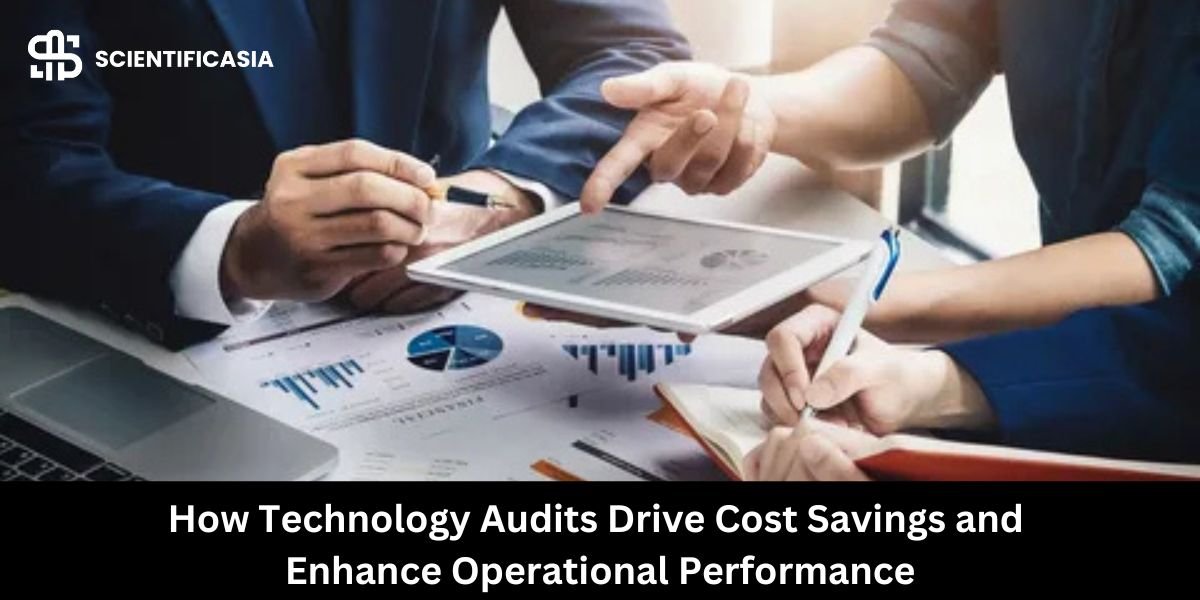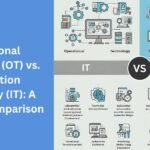A technology audit is a systematic review of an organization’s IT infrastructure, operational technology (OT), cybersecurity, software, and digital processes. These audits help identify inefficiencies, security risks, and cost-saving opportunities, ensuring that technology investments align with business objectives. By leveraging digital direction, organizations can enhance operational performance and optimize technology spending while improving security and compliance.
1. Understanding Technology Audits
A technology audit evaluates an organization’s digital ecosystem, including:
- Hardware – Servers, workstations, networking equipment.
- Software – Enterprise applications, cloud services, databases.
- Cybersecurity – Firewalls, access controls, vulnerability management.
- IT Governance & Compliance – Adherence to regulations like GDPR, ISO 27001, or SOC 2.
- Operational Efficiency – Workflow automation, system performance, downtime analysis.
These audits provide actionable insights that help eliminate redundancies, reduce costs, and enhance digital resilience.
2. Cost Savings
Technology audits play a crucial role in reducing operational expenses and optimizing investments. Some key ways they help in cost savings include:
a) Identifying and Eliminating Redundant Technologies
- Many organizations pay for overlapping software or underutilized cloud services, increasing unnecessary costs.
- Audits help identify unused licenses, redundant systems, and outdated hardware, allowing businesses to consolidate or decommission unnecessary assets.
- Example: A company using multiple collaboration tools (Slack, Microsoft Teams, Zoom) may find it more cost-effective to standardize on one platform.
b) Optimizing IT Infrastructure and Cloud Costs
- Cloud services are often over-provisioned, leading to wasted computing resources.
- Audits assess cloud spending patterns and recommend right-sizing storage, processing power, and bandwidth.
- Example: Switching from on-premise servers to cloud-based solutions can reduce maintenance and energy costs.
c) Improving IT Asset Management
- Many organizations fail to track IT assets, leading to unnecessary purchases and underutilized resources.
- A detailed asset inventory from a technology audit ensures efficient procurement, upgrades, and maintenance planning.
- Example: Upgrading existing hardware instead of replacing it entirely can extend device lifespan and reduce capital expenses.
d) Enhancing Cybersecurity to Avoid Financial Losses
- Cyber threats like ransomware, phishing, and data breaches can lead to massive financial losses.
- A cybersecurity audit identifies vulnerabilities and ensures compliance with security best practices, reducing the risk of costly breaches.
- Example: Implementing multi-factor authentication (MFA) and endpoint security can prevent unauthorized access and data theft.
e) Streamlining IT Support & Maintenance Costs
- Organizations often overspend on IT support and maintenance contracts.
- Audits help assess service agreements and identify cost-effective alternatives like automation tools and proactive monitoring.
- Example: Implementing AI-powered IT support chatbots can reduce the need for human intervention in basic troubleshooting.
3. How Technology Audits Enhance Operational Performance
a) Improving System Efficiency and Performance
- Audits analyze network speeds, server performance, and database efficiency to identify bottlenecks.
- Upgrading outdated hardware or optimizing configurations can enhance system speed and uptime.
- Example: Optimizing database queries and upgrading network infrastructure can improve application performance and reduce downtime.
b) Enhancing Automation & Digital Transformation
- Technology audits help identify manual processes that can be automated, improving productivity.
- Businesses can integrate AI, machine learning, and robotic process automation (RPA) to streamline operations.
- Example: Automating invoice processing, HR onboarding, and customer service improves efficiency and reduces human errors.
c) Strengthening Cybersecurity & Compliance
- Audits ensure organizations follow data protection regulations (GDPR, HIPAA, ISO 27001) to avoid fines and legal issues.
- Penetration testing and vulnerability scans help fortify digital security and prevent operational disruptions.
- Example: Implementing Zero Trust Security reduces the risk of cyberattacks and strengthens operational resilience.
d) Enhancing IT & OT Convergence for Industry 4.0
- In manufacturing and critical infrastructure, IT and OT integration improves efficiency and predictive maintenance.
- Audits assess sensor networks, IoT devices, and SCADA systems to optimize industrial automation.
- Example: Predictive maintenance using AI-powered analytics reduces unplanned downtime and extends machine lifespan.
e) Improving Data-Driven Decision-Making
- Technology audits enhance data collection, analysis, and reporting, enabling better business insights.
- Businesses can implement real-time analytics dashboards to monitor performance and make proactive adjustments.
- Example: Retailers using AI-powered demand forecasting optimize inventory levels, reducing waste and increasing profitability.
4. Key Steps in Conducting a Technology Audit
Step 1: Define Objectives & Scope
- Identify key business goals (cost savings, security, compliance, digital transformation).
- Determine which systems, software, and processes need auditing.
Step 2: Assess Current IT & OT Infrastructure
- Document hardware, software, network architecture, cloud usage, and security controls.
- Identify outdated systems, security gaps, and performance issues.
Step 3: Identify Cost Optimization & Efficiency Improvements
- Evaluate licensing agreements, cloud subscriptions, IT contracts, and asset utilization.
- Look for automation opportunities, security enhancements, and system upgrades.
Step 4: Recommend & Implement Solutions
- Prioritize high-impact improvements that align with business objectives.
- Implement security upgrades, automation tools, cost-reduction strategies, and system optimizations.
Step 5: Monitor & Continuously Improve
- Use IT performance metrics, security audits, and cost tracking dashboards to measure success.
- Continuously adapt strategies to align with evolving digital trends.
5. The Future of Technology Audits in Digital Transformation
AI & Machine Learning-Driven Audits
- AI-powered analytics can detect anomalies, inefficiencies, and security threats in real time.
Cloud-Based IT Auditing Platforms
- Automated cloud governance tools help track usage, security compliance, and cost efficiency.
Cybersecurity & Risk Management Audits
- Future audits will focus more on proactive threat intelligence, Zero Trust security models, and AI-driven cyber defense.
Sustainability & Green IT Audits
- Organizations will focus on energy-efficient IT practices, carbon footprint reduction, and eco-friendly cloud strategies.
Conclusion
Technology audits are a strategic necessity for organizations looking to optimize costs, improve cybersecurity, and enhance digital performance. By systematically assessing IT and OT ecosystems, businesses can:
✅ Eliminate wasteful spending
✅ Improve system efficiency and uptime
✅ Enhance security and compliance
✅ Leverage AI and automation for productivity gains
As digital transformation accelerates, organizations that regularly perform technology audits will gain a competitive advantage, reduce risks, and drive sustainable growth.


